Don't Mess With Artillery, Here're Reasons Why It Would Kill You Easily
Anil - Jul 25, 2019
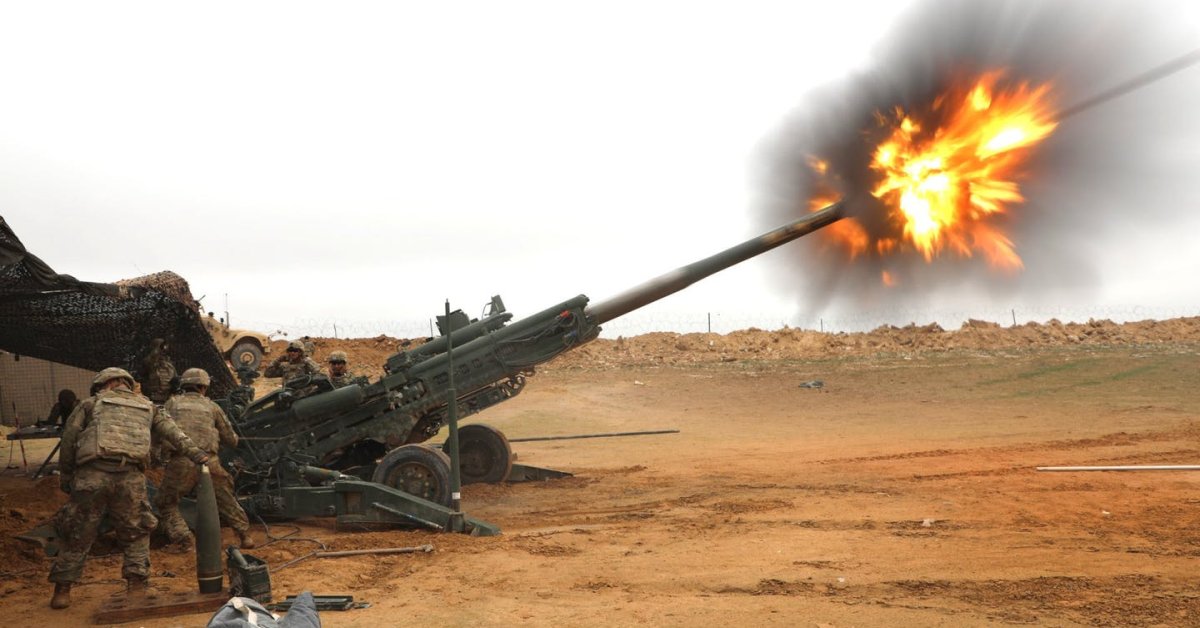
Interestingly, we sometimes see that the main character could run through a storm of explosions from artillery and mortars and still survive no matter how deadly those fires were.
- 21 Strongest Militaries In 2021 That You Should Know
- This AI Defense System Forces Drones To Land Autonomously
- China's New Suicide Drones Pose Dangers To Other Countries' Defense Systems
An artillery firework always is some of the most awesome footages in every movie having battle scenes. Interestingly, we sometimes see that the main character could run through a storm of explosions from artillery and mortars and still survive no matter how deadly those fires were. By contrast, such huge weapons also cause a lot of damages when it comes to a lot of other films, especially screening history-based films. The question is that if we would somehow get lucky and unscathed from a similar situation but in the real world? To get a pretty exact answer, let’s figure out how it does work.
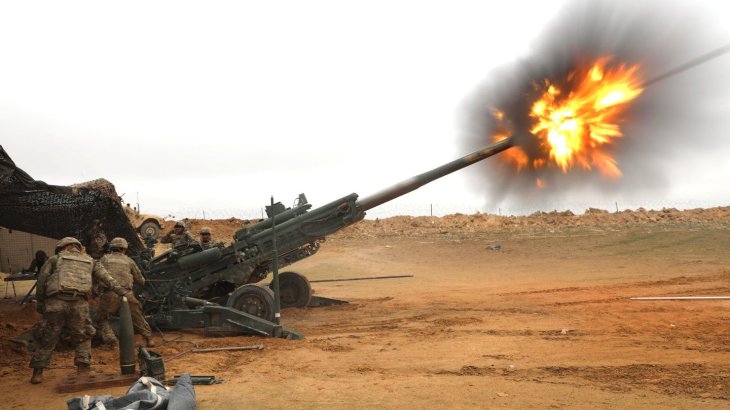
Most threats of artillery come from physical damages that it would spread out after being fired. Among several ways that victims get claimed by artillery, but there’re three considered as the main ones.
First and foremost, the cause of injury and death is derived from the shell fragmentation as the metal splashed into thousands of smaller bits at very high speed in every direction around it. All of the artillery rounds are designed to make some type of shrapnel, another word to refer to the fragmentation. The explosion at the heart of a round usually creates a lot of shrapnels because of the sudden expansion of air. As for its work, shrapnel is quite similar to a bullet. It’s built into a form of a metal piece which will fly through the air at high speed to catch any enemy targets along its path. Just like a bullet, the shrapnel shreds the tissue it passes through when it hits flesh.
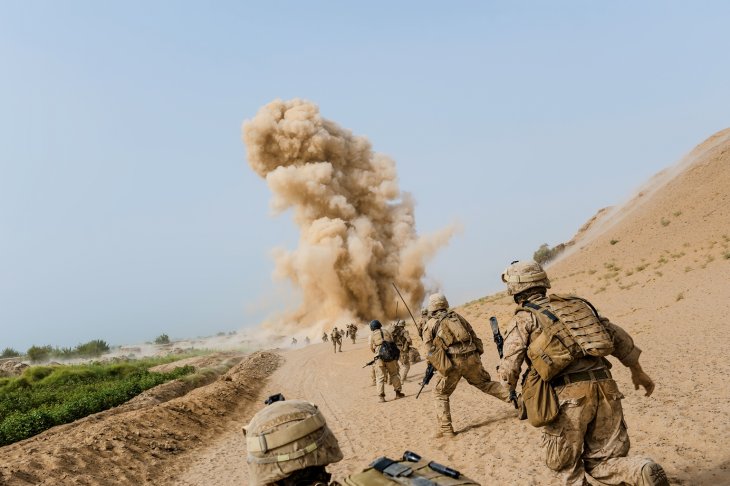
Secondly, the next most common is the blast wave because of the sudden pressure increase, which actually destroys everything if it’s close enough. The blast waves and shrapnel damage can knock massive branches off of trees and drop them onto troops. After starting artillery round, the blast wave keeps moving and crush things by its lethal pressure during the round time. You even might be hiding behind concrete or steel-made protection layers, but it still breaks apart both your shield and your own body. In fact, your skull is much softer than steel, so that the blast wave will be a nightmare if it hits you hard enough. This is the way to kill a bunker or tank, which typically need to be attacked by one direct hit or more than that. At an extremely close range like some inches or feet, the blast wave is most effective.
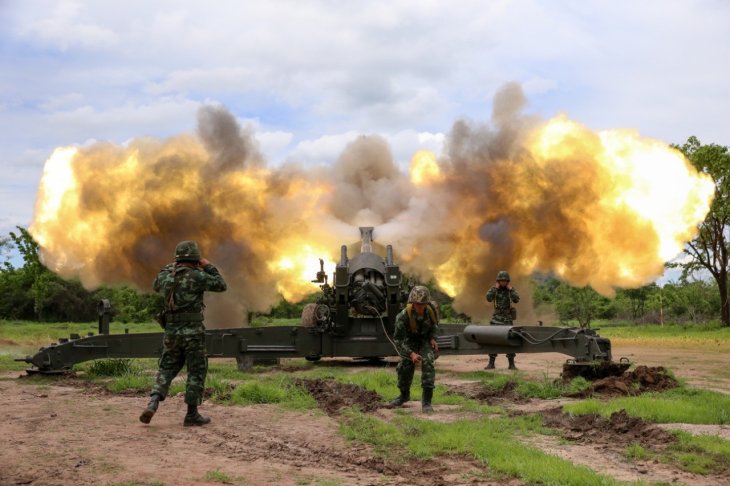
Last but not least, another popular damage is caused by the heatwave and burns. As the blast wave, it also shows the most deadly performance at short ranges. Moreover, the heat makes flammable materials fired and the fire may become more serious later. Nothing would be better than it when our squad wants to not only destroy thin-skinned vehicles or gas tanker but also make a really big fire disaster.
So, if you will be killed with only one of those three mechanics, why do they need such a wide variety of artillery types and mortars? In the first blast, artillerymen always try to hit with as many rounds as possible, getting all of their first wave of rounds to land at the same moment. This maximizes the amount of destruction done before the targets can rush for cover or hop into trenches. Keep in mind that different targets are susceptible to different effects made by artillery.
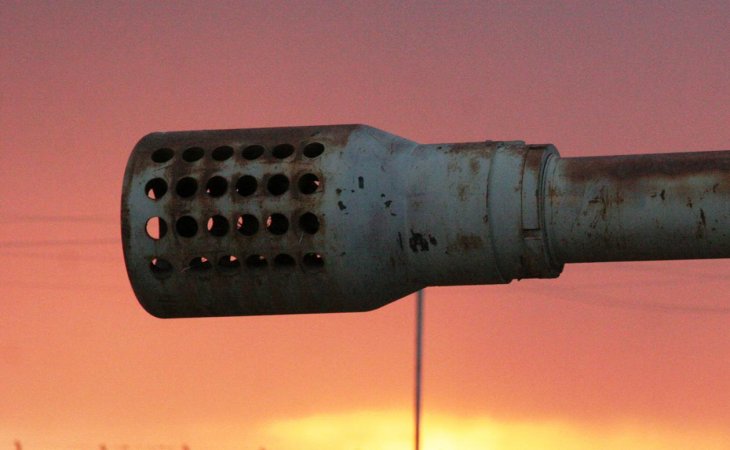
To round it out, if you're stuck on the move, let call for cover and concealment. Moving through the trees can help you increase more chances to survive because it could somehow help you keep away from shrapnel, considering most shrapnel is only able to get through one inch of wood or less.
Featured Stories

Features - Jul 01, 2025
What Are The Fastest Passenger Vehicles Ever Created?

Features - Jun 25, 2025
Japan Hydrogen Breakthrough: Scientists Crack the Clean Energy Code with...

ICT News - Jun 25, 2025
AI Intimidation Tactics: CEOs Turn Flawed Technology Into Employee Fear Machine

Review - Jun 25, 2025
Windows 11 Problems: Is Microsoft's "Best" OS Actually Getting Worse?

Features - Jun 22, 2025
Telegram Founder Pavel Durov Plans to Split $14 Billion Fortune Among 106 Children

ICT News - Jun 22, 2025
Neuralink Telepathy Chip Enables Quadriplegic Rob Greiner to Control Games with...

Features - Jun 21, 2025
This Over $100 Bottle Has Nothing But Fresh Air Inside

Features - Jun 18, 2025
Best Mobile VPN Apps for Gaming 2025: Complete Guide

Features - Jun 18, 2025
A Math Formula Tells Us How Long Everything Will Live

Features - Jun 16, 2025
Comments
Sort by Newest | Popular